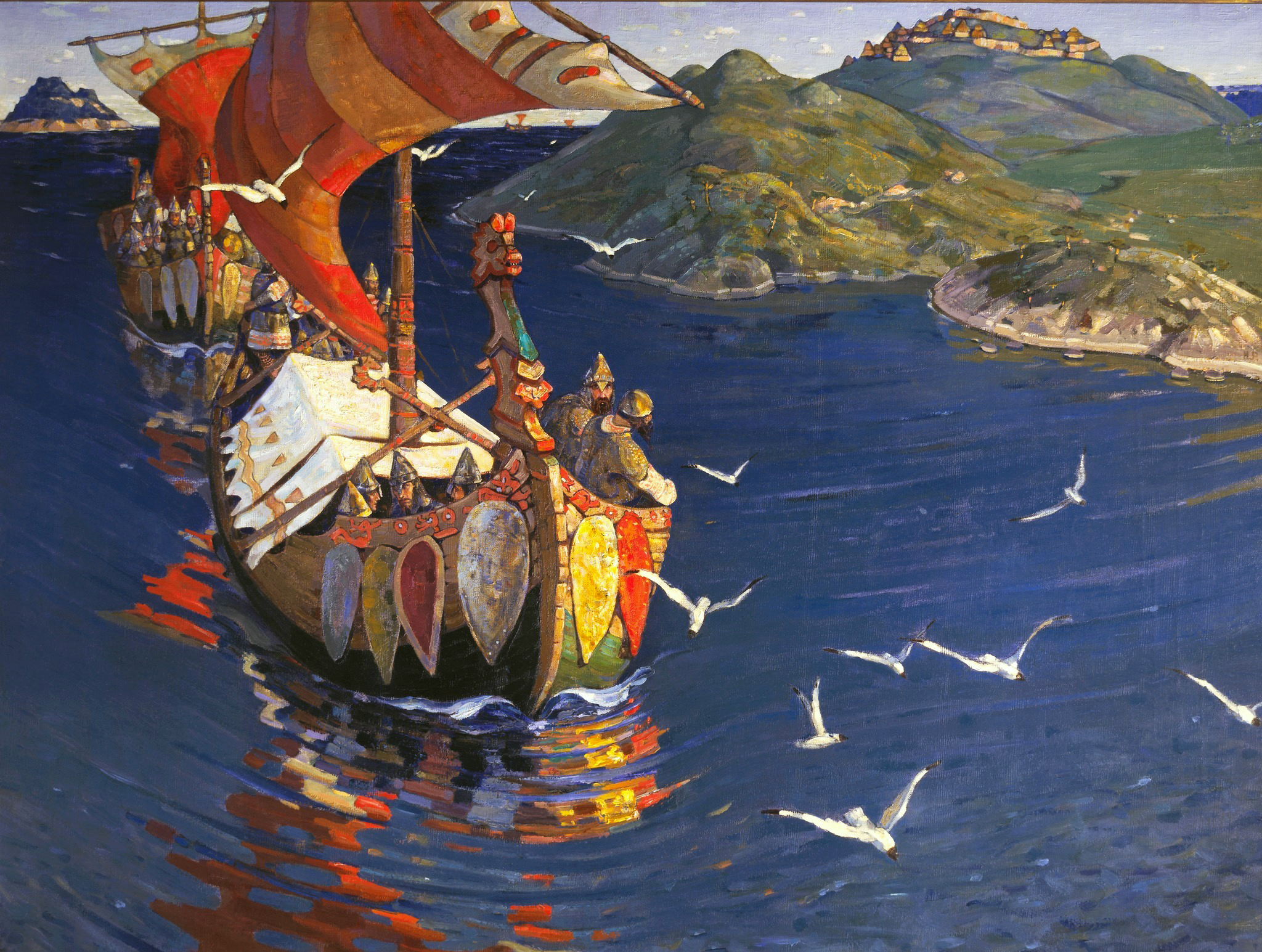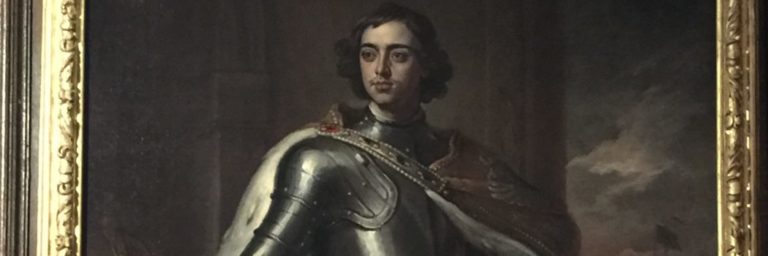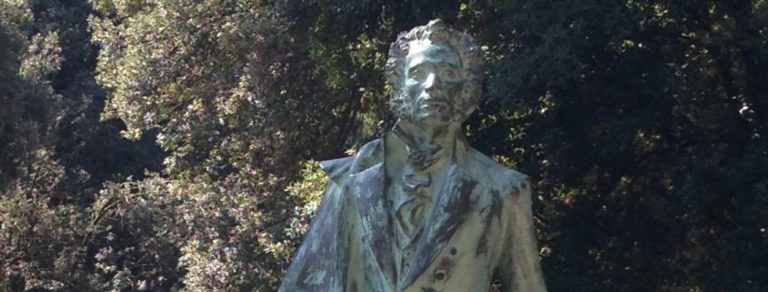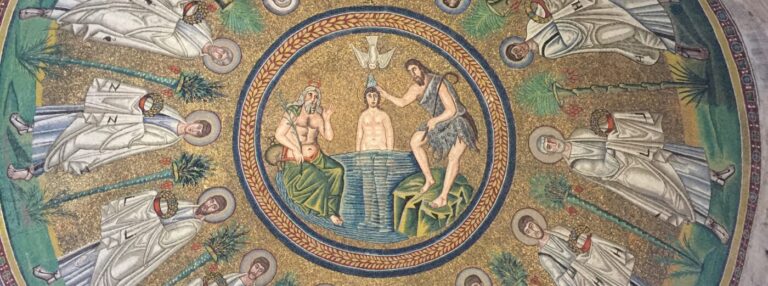You learn something new every time you look at a map. So, now it’s time to pull out a map of Europe. We suggest the remarkable National Geographic Visual Atlas of the World, 2nd Edition: Fully Revised and Updated, for the “physical” map, (no national boundaries), of Europe. Focus your attention on Denmark. It is dominated by a lowland peninsula named “Jutland” which is jutting north from the German coast, flat as a lily pad, separating the North Sea from the Baltic Sea. Adjacent to Jutland, you see the two major islands and the 1,400 minor islands of Denmark.
It’s not hard to imagine a migration of Germanic people coming up through central Europe, populating the Danish flat lands and hopping over the Oresund, (The Sound), to the Scandinavian mainland. It probably started as the glaciers of the last major Ice Age retreated northward, exposing new lands about 11,000 BCE. They scattered villages all along the way, without a significant urban center. Hunting, gathering, fishing, farming, and braving a pretty dreadful climate.
Time marched on and most of the important European historic action was taking place in warmer latitudes. First, the Fertile Crescent and Egyptian civilizations sprung up. The Greeks and Turks went to war. Alexander conquered everybody. Roman emperors rose and fell. The Catholic Church spread across much of the continent. Duchies and Kingdoms began to coalesce in Britain, France, Germany, Italy, Spain, Poland and the Balkans. Rivalries developed. Wars broke out. Charlemagne conquered everybody. It was a happening place.
In 784 CE, average northern hemisphere temperatures were the lowest they had been in 7,000 years. One third of Europe’s population perished. Scandinavian farmers must have been struggling in the cold. This was followed by a pretty rapid warming trend that may have triggered a population boom that could not be sustained by the local produce.
At the same time two cultural changes came to the Scandinavian countries: primogeniture and Christianity. Instead of splitting estates equally between heirs, they were being passed to the eldest son. Church-going vikings had to forsake their multiple wives and bastard sons. The combined result was a lot of disenfranchised male viking sons who needed to find a new occupation.
What to do? The Danes-Scandinavians were perfecting longboats and the art of sailing long distances. By the late 8th Century, they were ready and they started to travel. Looking to raid and trade, they began to show up like a sudden terror of heathen pestilence on an unsuspecting Europe. For three hundred years, the Vikings ranged from Russia to Byzantium, from the Loire Valley to the Scottish Highlands, and into the big northern ocean, to Iceland, Greenland and America. For an introduction with several excellent maps of the travels of the Vikings, pick up The Penguin Historical Atlas of the Vikings (Hist Atlas).
Though not exactly as lovable as Hagar the Horrible or Asterix and Obelix, their accomplishments were pretty amazing and their historic and political legacies were far-reaching. This was one of those turning points of History when a small group of people had a huge impact. The authentic sources of historic information about the Vikings are well known, sometimes biased, often written by their adversaries, and occasionally contradictory. Some of the recent well-regarded comprehensive histories include: The Vikings: Revised Edition, by Else Roesdahl, A History of the Vikings
by Gwyn Jones, and The Vikings: A History
, by Robert Ferguson.
In grossly generalized terms, the Danes focused on Britain, France, and Spain, all the way to Italy. The Norwegians headed to Scotland, Ireland, and the Atlantic settlements in Iceland, Greenland, and Newfoundland. The Swedes headed across Finland to Russia, through central Asia, down the Volga and the Dnieper rivers to the Black Sea and Byzantium. They settled in many of these places and became royalty in Britain and Russia, at least.
They were a tough crowd, though it was reputed that they took far more baths than their European or Byzantine colleagues. Colorful nicknames give some indication of their characters: Bjorn Ironsides, Ivar the Boneless, and Sigurd Snake-in-the-Eye were all brothers and the sons of Ragnar Hairy Breeks. Embodying the archetype of the Viking concept, Ragnar and his boys had been harrying the coasts of Britain and France for years. He even sailed all the way up the Seine with over a hundred longboats to capture Paris in 845 CE, extracting a huge ransom from the French King. Ragnar’s demise began with bad luck. He was shipwrecked and captured by the British. They tossed him in a pit of vipers and then listened as he sang a prophetic song of the coming wrathful vengeance of his sons, as told in The Sagas of Ragnar Lodbrok.
And come they did. In 866 CE, Ragnar’s sons arrived with an army, taking York and heading south. By 877 CE, the Danes had conquered most of England and killed the King. Only the southwest territory of Wessex stayed independent. The Danes established the territory of Danelaw, covering the eastern half of England. This set the stage for the next two hundred years of British history.

Back in Denmark, as the 10th century progressed, Gorm the Old started to fashion a kingdom from the collection of fiefs in the Danish archipelago and southern Swedish Scania. His son, Harald Bluetooth, finished the job, added Norway, as well, and brought Christianity to the Viking world around 960 CE, supplanting the Norse pantheon of Odin and Thor. The histories of these origins of the Danish nation are engraved on the Jelling Stones in the town of Jelling in South Jutland, a UNESCO World Heritage Site. If you are interested in the stones and the stories they tell, see The Viking-Age Rune-Stones: Custom and Commemoration in Early Medieval Scandinavia.
The Danes and Norwegians have always been closely associated, with many of the first chieftains and kings presiding over both territories. The Norwegians were just as restless as the Danes. Their exploits landed them further north than the Danes, with settlements in the Shetland and Faroe Islands north of Scotland, as well as the Scottish Highlands. These are all pretty forbidding landscapes, so these were definitely sturdy folks. Continuing down the west coast of Britain, they founded trading posts that developed into the Irish settlements of Dublin, Limerick, Waterford, Wexford and Wicklow, all by about 850 CE.
While the Danes were assaulting Britain, a group of Norwegians headed into the great northern ocean, and founded colonies in Iceland, starting in 874 CE. Norwegian lore suggests that Ingolfr Arnarson had a falling out with his mainland compatriots and sailed off with his family and slaves to start a new life. Read The Sagas of Icelanders: (Penguin Classics Deluxe Edition) Continuing in that tradition a hundred years later, Erik the Red left Iceland in a huff and founded settlements in Greenland in 986 CE. It was only a short jump of about 700 miles for Erik’s son, Leif, (Leif Erickson, get it?), to bump into Labrador, with a brief attempt to settle a fishing village on the northern tip of Newfoundland Island, called L’Anse aux Meadows, about 1000 CE. These people were like the Astronauts of the first Millenium, boldly going where no man had gone before, in The Vinland Sagas (Penguin Classics.
Ironically, it was one of the most notorious Norwegian extortionist raiders who established Christianity in Norway. Olaf Tryggvason had a life right out of a movie script. His dad lost his life in the Norwegian royal family political intrigues. So, his mom took her three year old son and sailed away. Pirates captured the ship and sold them into Estonian slavery. His uncle, working for the Russian King, recognized him and took him back to the Russian court, where he was raised well. More jealous court political intrigue forced him, at age eighteen, to commandeer a ship and start his own marauding career, at which he excelled. A combination of prophecy and mutiny caused him to convert to Christianity around 994 CE. By 995 CE, he was back in Norway where he wrested the crown from the evil, wicked king and took over. He ruled with his own brand of forceful totalitarianism and browbeat the Norwegians into accepting Christianity. Check out Olaf the Glorious: (Timeless Classic Books).
The civilizing influence of Christianity and the continuing development of the Scandinavian nations tempered the Viking influence, bringing the era to a close in the 11th Century. The end games played out in Britain and Russia with pretty dramatic results. These are the subjects for the next two essays.

![Scandinavia[1] Scandinavia](https://cruisereader.com/wp-content/uploads/2012/09/Scandinavia1-282x300.jpg)







